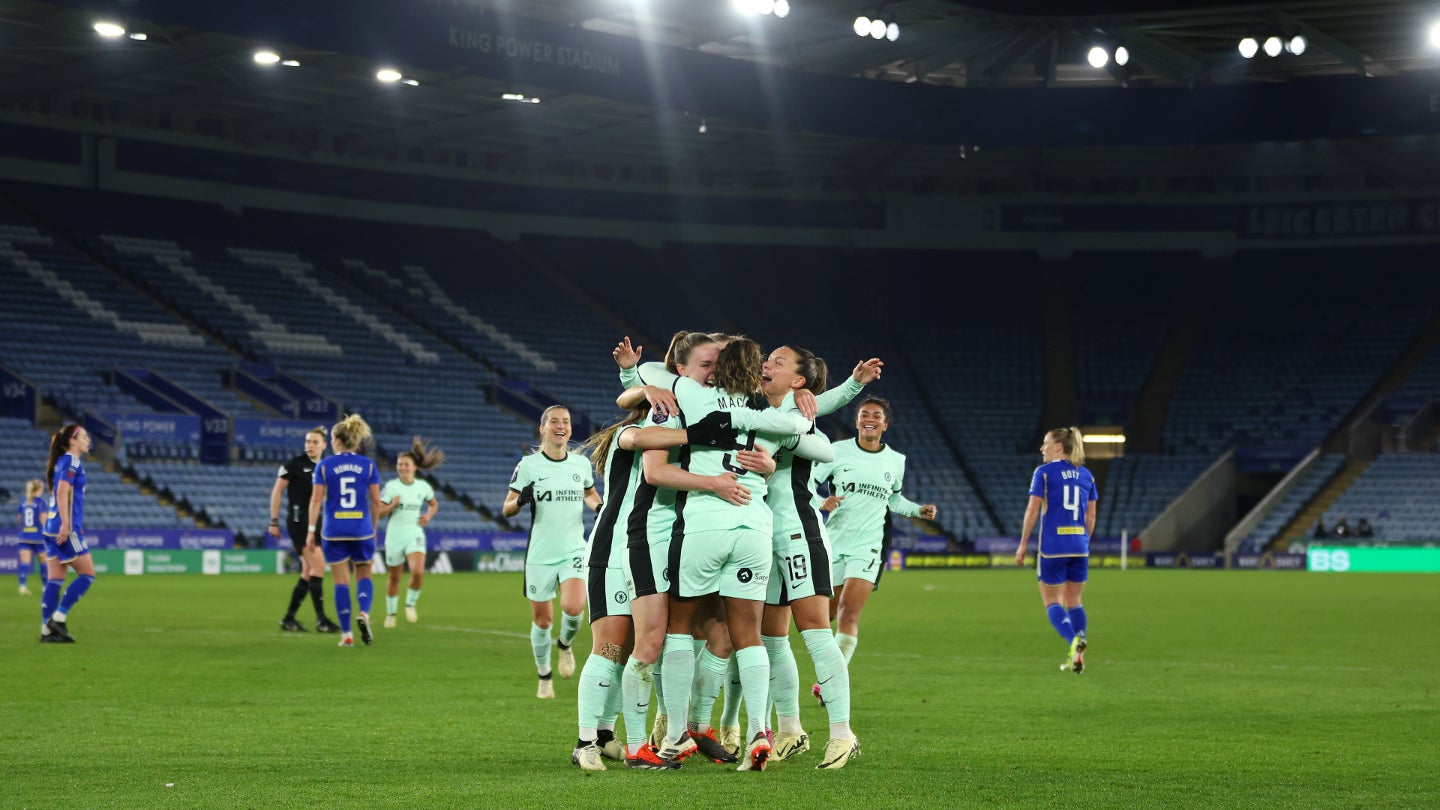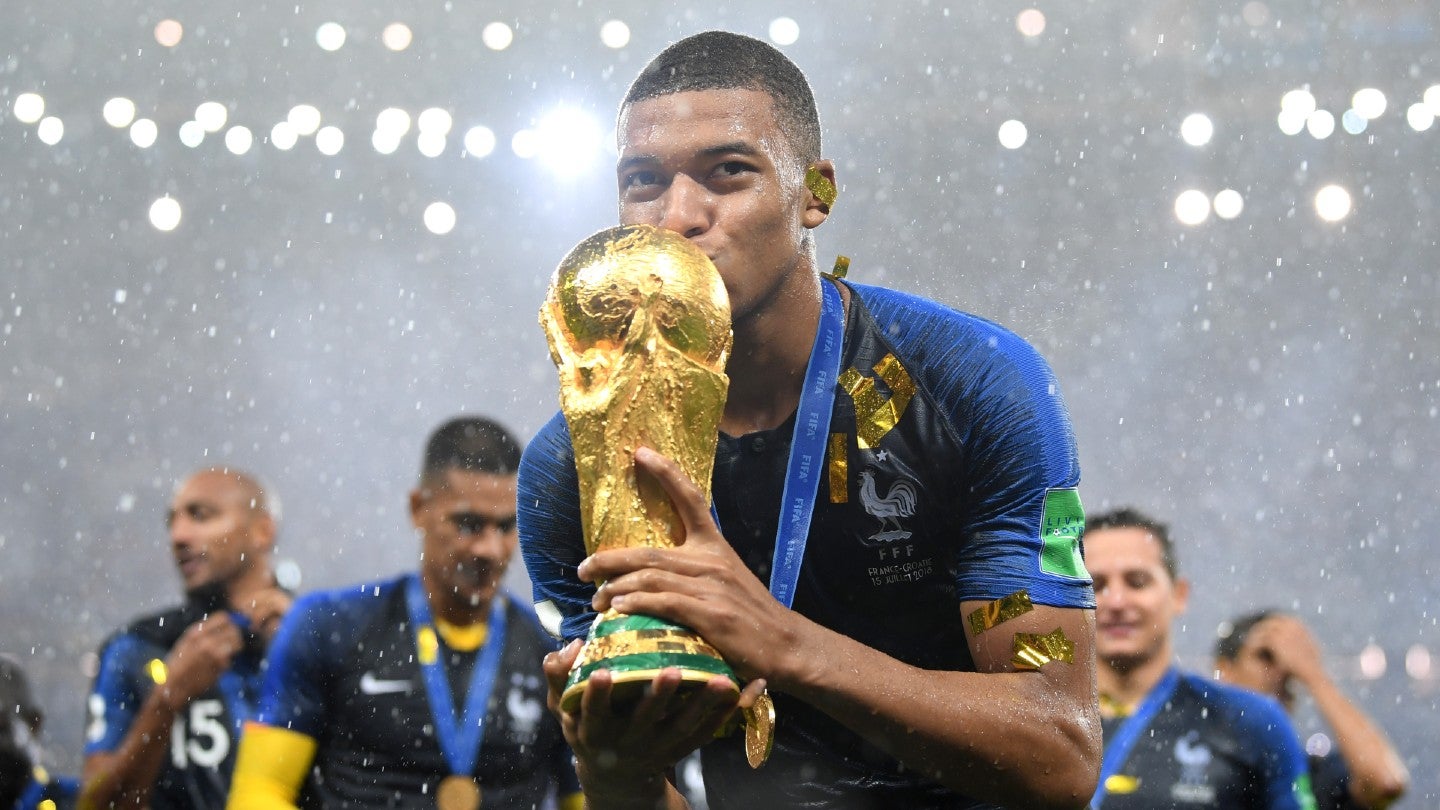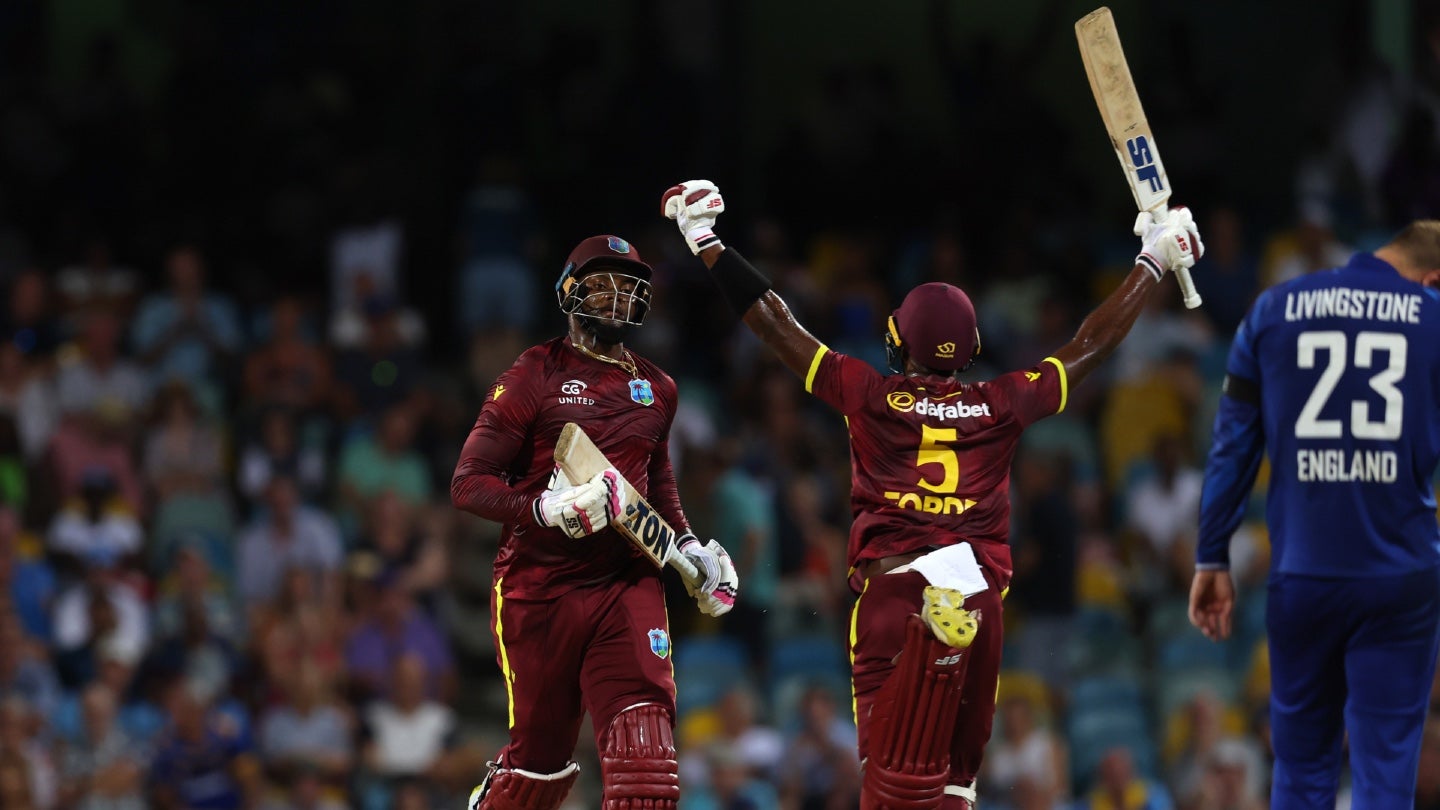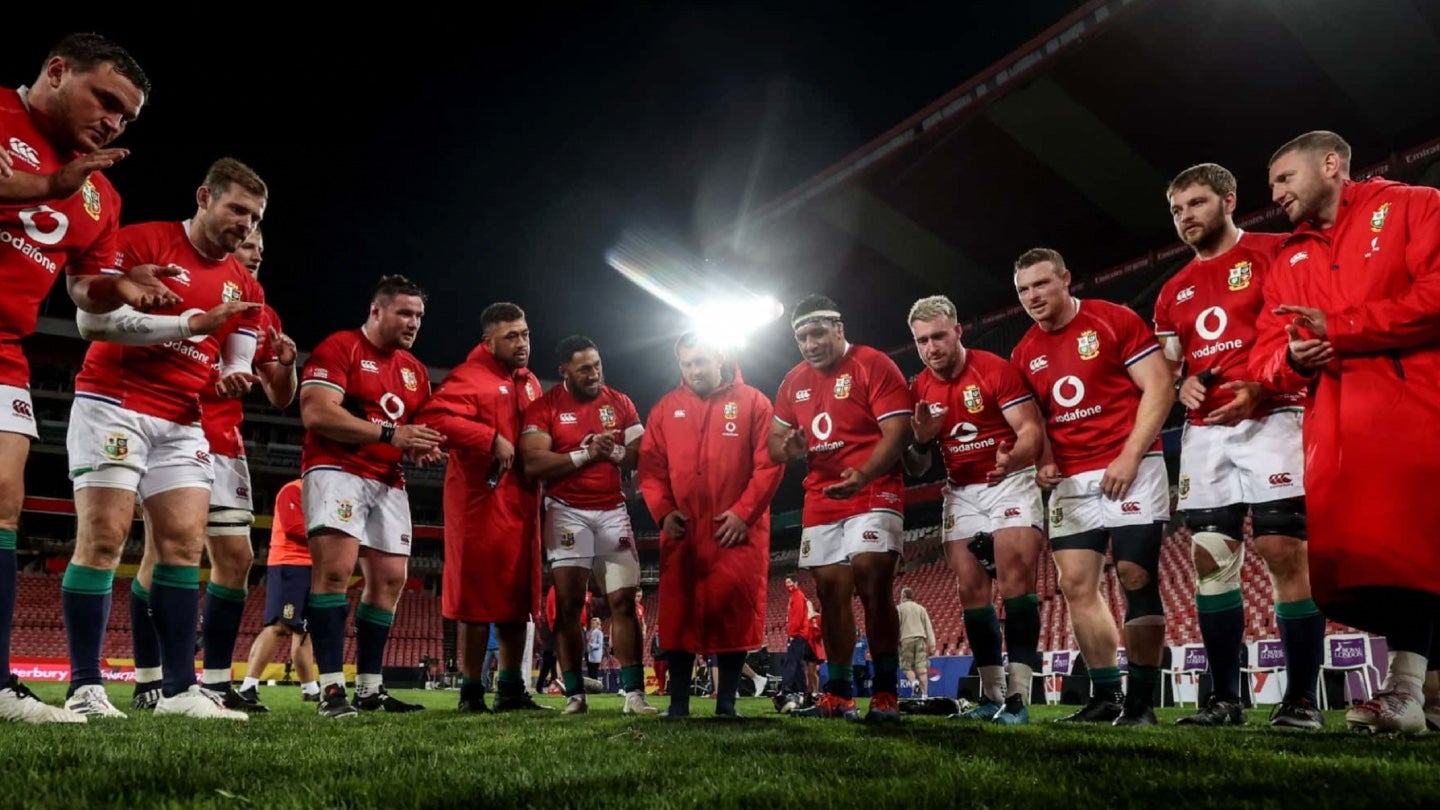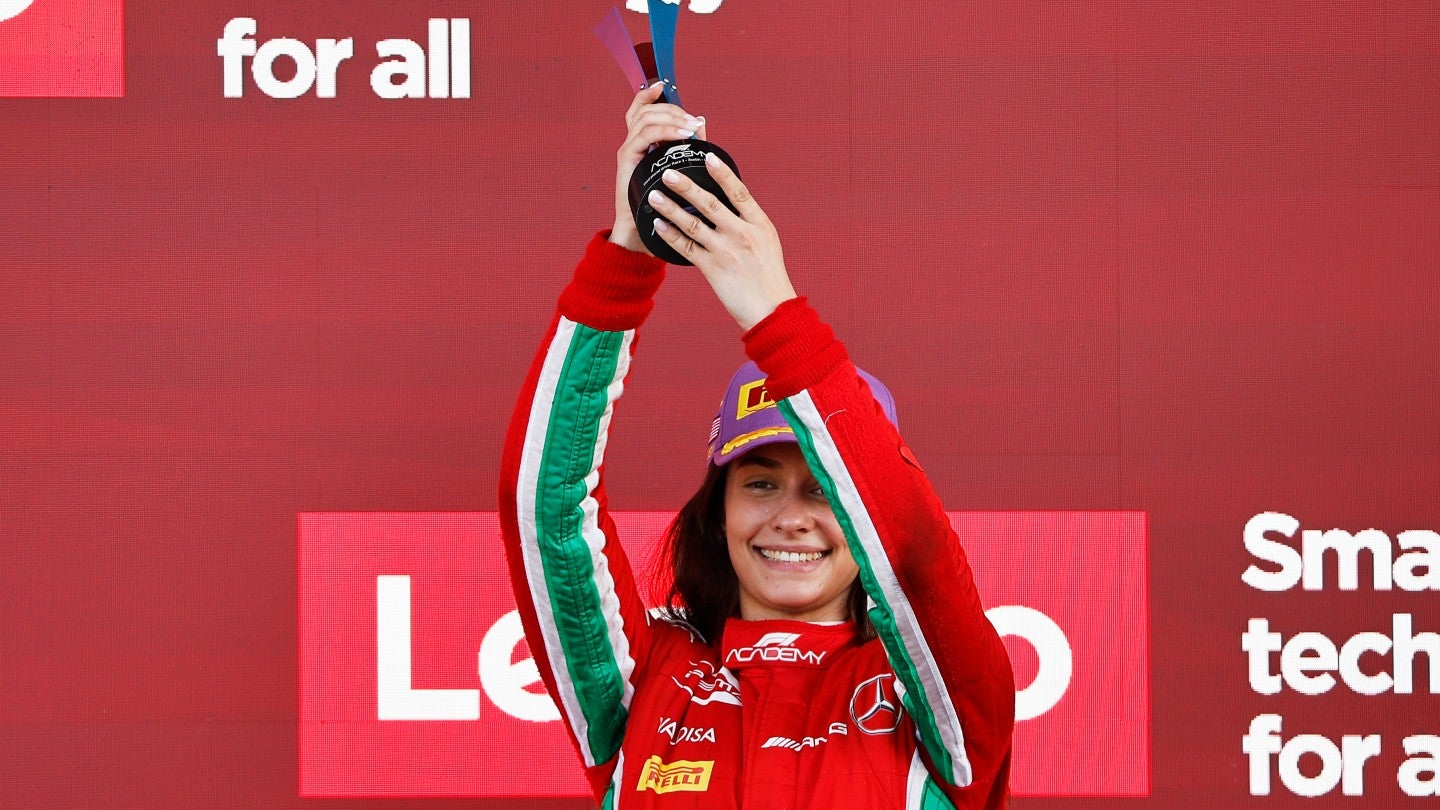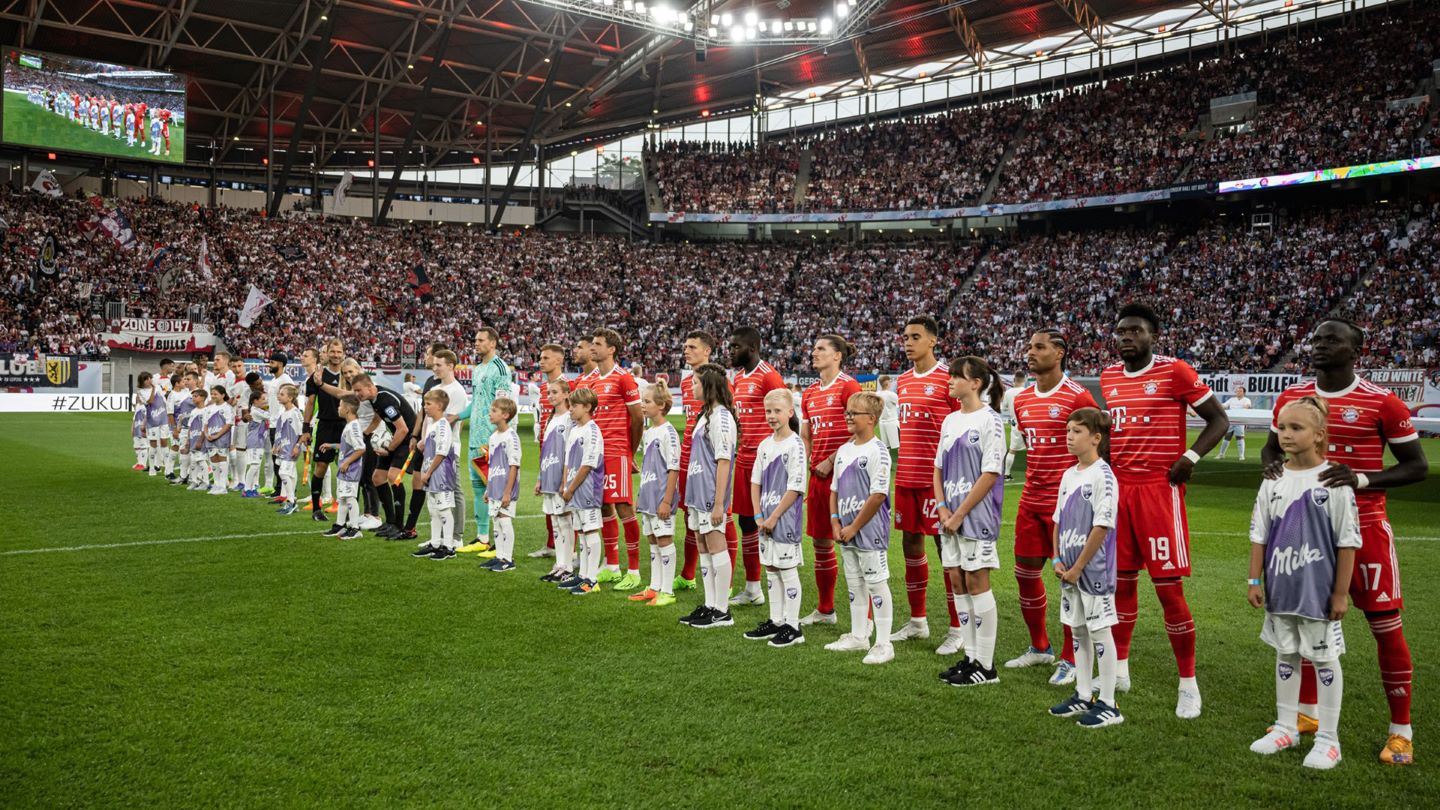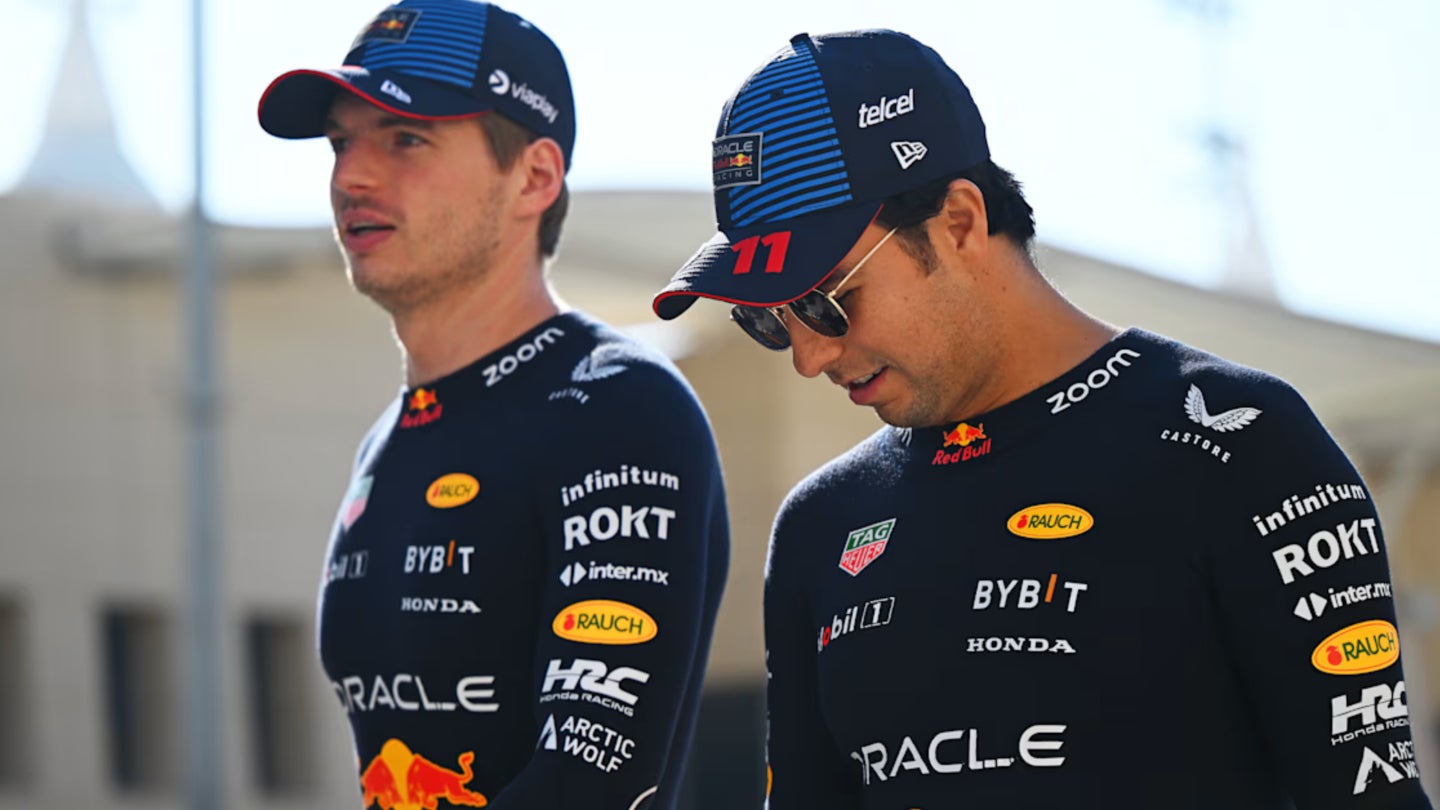The Women’s Super League (WSL), the top English soccer competition, has recorded the largest growth globally in internet searches for sports leagues and competitions in 2023, registering a 258% increase, according to Redtorch’s SportOnSearch report, which measured people’s searches for sporting leagues
The report by the UK-based, digital-focused sports marketing agency analyzed 2023’s Google Trends data and then compared the results to each search’s previous four-year average, also finding that basketball's EuroLeague Women registered a 76% increase, while UEFA Women's Champions League searches increased by 70%.
This showed that from the top 10 highest increases on the list, eight of the properties featured women competing.
The WSL search increase, in particular, follows a record-breaking 2023 Women’s World Cup (WWC), which can be partially attributed to it.
The tournament had a total attendance of 1.9 million, while Spain’s win over England in the final peaked at 14.8 million viewers across the BBC and ITV in the UK, while public-service broadcaster RTVE brought in its highest-ever audience for women's soccer in Spain, as 5.6 million tuned in. This was 65.7% of the TV viewing share in the country.
For England’s semi-final victory against Australia, the BBC attracted a peak audience of 7.3 million on TV, and another 3.8 million through streams, while in Spain, the nation's dramatic semi-final win against Sweden was watched by a peak audience of 2.7 million, before more than tripling for the final.
In addition to high attendance and viewing figures, according to FIFA president Gianni Infantino, the WWC generated over $570 million in revenue.
Search results for the WSL have increased significantly in both Zambia and Ireland for example, countries that had just made their WWC debut, while Jamaica also featured in the top 10 WSL search regions, having finished ahead of Brazil in their group in the tournament, reaching the knockout stages for the first time.
Following the release of the report, Jess Reus, head of communications and women’s sports lead for Redtorch, explains the report’s findings, the state of women’s sports’ popularity, and what can be done to continue its increase in visibility.
How do you perceive the evolution of women's sports in terms of popularity and recognition over the past decade?
During the last decade, media interest and the broader visibility of women’s sport has without doubt increased – which is great to see – but there is clearly still a lot more work to do.
Attitudes towards women’s sports continue to positively evolve – especially in countries such as the UK, the US, New Zealand, and Australia – but there are a lot of countries where this isn’t yet reflected. Capitalized in the right way, women’s sport is a huge growth opportunity for sports, and for host nations and cities to engage new participants and fans.
In the past few years, many women’s sports leagues and events have experienced an uplift in awareness, TV and online viewing figures, fan attendance, and broadcast and commercial rights deals. So the trend is heading in the right direction and the fact that six out of the top 10 sports properties in the SportOnSearch 2024 report are women’s sports competitions shows interest continues to rise.
When women’s sport gains recognition through event coverage or media reporting, there’s still an awful lot of negativity and misogyny on social media, this is something the global sports community must be united on to overcome.
What factors do you believe have contributed to the increased visibility of women's sports in mainstream media?
Given the year-on-year increase in online search for women’s sports since 2020, it’s clear that improved visibility, media coverage, and financial investment are making an impact – helping to grow interest in women’s sports, inspire a new, young generation, and break down existing societal bias.
The growing awareness and success of major international women’s sporting events, such as the FIFA Women's World Cup, has played a significant role in boosting their popularity and recognition, especially within certain territories.
How have sports organizations and governing bodies played a role in promoting women's sports, and what more can be done?
In the world of Olympic sports, gender equity has been promoted for a very long time, and the IOC continues to ensure gender balance is achieved at the highest level. You have some sports like equestrian where men and women compete together. And mixed men's and women’s relay recently became an athletics event at the Olympics. New sports applying to join the games must also show a commitment to gender equity to be considered.
From a commercial point of view, the picture is changing. This is where we are seeing some new, big investments by governing bodies to grow the women’s game and develop the sport.
For example, the ECB has confirmed that it will invest a further £4 million to £5 million per year into the women’s professional game from 2025-2028, taking the annual investment in this space to around £16 million.
More can be done, however, including investing in research to understand better how women’s sport would benefit from enhanced visibility. World Athletics is a key example of a governing body that is addressing gender disparities and dedicating resources to understand where the gaps are and what they can do to support female athletes further.
Ultimately, governing bodies need to build the brand of women’s sport so that it has its own unique and appealing identity – this is fundamental for it to thrive.
How important is media coverage in shaping the narrative around women's sports, and what improvements can be made in this area?
Media coverage is hugely important. It has a significant influence on public perception, awareness, and investment in women athletes.
While many steps have been made to support women’s sports and give them greater coverage, improvements can still be made in key areas. For example, by prioritizing women’s sport with more allocated airtime and providing greater resources to female athletes and competitions, visibility of the overall sector will increase.
Greater investment in storytelling will also help. By investing time and resources to develop a compelling narrative for women’s sports that celebrates the achievements, challenges, and journeys of women athletes, the industry can engage new audiences and build more support for women's sports.
Are there specific sports or regions where the growth in popularity of women's sports has been particularly noteworthy, and what might be contributing to this trend?
Within women’s soccer, a driving factor for their increase in online search was helped by the Women's World Cup.
The World Cup propelled players into the global spotlight and resulted in growing interest in domestic leagues. Proportional search interest in the WSL surged in World Cup debutant countries like Zambia and Ireland.
Jamaica also featured in the top 10 WSL regions for online search after a stunning World Cup run that grabbed the attention of the nation. This was helped by an incredible 2022-23 WSL season for "Bunny" Shaw, which saw her reach star status.
Another example can be seen in women’s basketball. The recent growth has been driven by the emergence of new talent. Angel Reese, Alexis Morris, and Caitlin Clark are among the highest-rising WNBA search queries.


